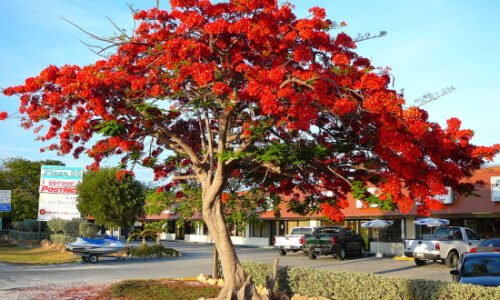Exploring the Fragrance of Jasmine
You can find Jasmine growing wild throughout India, Nepal, and Sri Lanka. It thrives in dry regions and can survive with very little water, though it’s a far more fragrant flower when grown in richer soil. Indian mythology holds that Lord Krishna loved to hear women sing so much that he would go out at night to listen – until one day, his sister playfully tied a jasmine garland on his ears. When he was discovered by his parents, Krishna explained that he hadn’t been spying on any unsuspecting women; rather, he was simply trying to identify an elusive scent…that of jasmine flowers. Some Indian parents even choose to name their daughters after Jasmine—so commonly is it used as a girl’s name—with Jassie as an affectionate short form for adults.

Physical description

How to take care of jasmine plants
Having a jasmine plant in your home can be a delight, but only if you know how to properly care for it. Jasmines are known to be finicky plants that need special attention to thrive. If you don’t know what it takes to maintain a healthy jasmine plant, here are some tips to get you started. read more.
Best time to propagate jasmine cuttings
Spring is a great time to propagate jasmine. Anytime that you see some green growth on your jasmine plant you can cut it and root it in water to make new plants. Alternatively, if you want to keep your jasmine indoors, any time other than winter is good for pruning and rooting cuttings indoors. Just remember: once you start cutting from your plant, don’t stop! The more often you prune it and take cuttings from it, the better off your plant will be!
Tips on growing jasmine flowers indoors
You can also grow jasmine in a garden. When growing jasmine, allow at least 12 to 15 hours of sun a day, and keep the soil moist. The flowers need to be pollinated by hand since they will not self-pollinate. In addition, make sure you have adequate drainage since they don’t do well in wet soil. Also, make sure to plant them in an area with few insects or pests because they are particularly susceptible to spider mites. Once your plant blooms, harvest it right away so it won’t lose its scent before you get a chance to enjoy it!

How to get rid of aphids in jasmines
Aphids that plague jasmines may be difficult to eliminate from your plants but there are a few methods you can use. One is to spray them with soapy water. Alternatively, you can spray them with an insecticidal soap that’s safe for use on plants. Another way to get rid of aphids in jasmines is by pruning away infested stems, leaves, and flowers from affected areas (wear gloves when doing so). And lastly, you can use biological controls such as ladybugs to control aphid populations.
Signs that your jasmines need pruning
When it begins to flower—this is because they are trying to produce more flowers, which can decrease their fragrance. In addition, pruning jasmines will promote new growth and keep your jasmines healthy. For example, you should prune dead wood in early spring before all leaves have emerged and continued regular pruning throughout summer. Finally, don’t cut back all your leaves at once; leave a few so that you can enjoy the shade they provide later in summer when temperatures are warmer.
Where to buy jasmine plants
There are a few different ways to acquire jasmine plants. Local nurseries are one option, but shipping charges and wait times might negate any savings. You can also buy them online; it’s convenient and usually affordable, but you’ll need to plan. If you’re in a rush, get your plant locally or order seeds instead. Once you have your plants, be sure to put them in an area with lots of natural light—they aren’t particularly fussy about sunlight exposure—and don’t overwater them; jasmines like their soil on the dry side.



Your point of view caught my eye and was very interesting. Thanks. I have a question for you. https://accounts.binance.com/sl/register?ref=V3MG69RO
Thank you for your sharing. I am worried that I lack creative ideas. It is your article that makes me full of hope. Thank you. But, I have a question, can you help me? https://www.binance.com/pt-PT/register?ref=P9L9FQKY